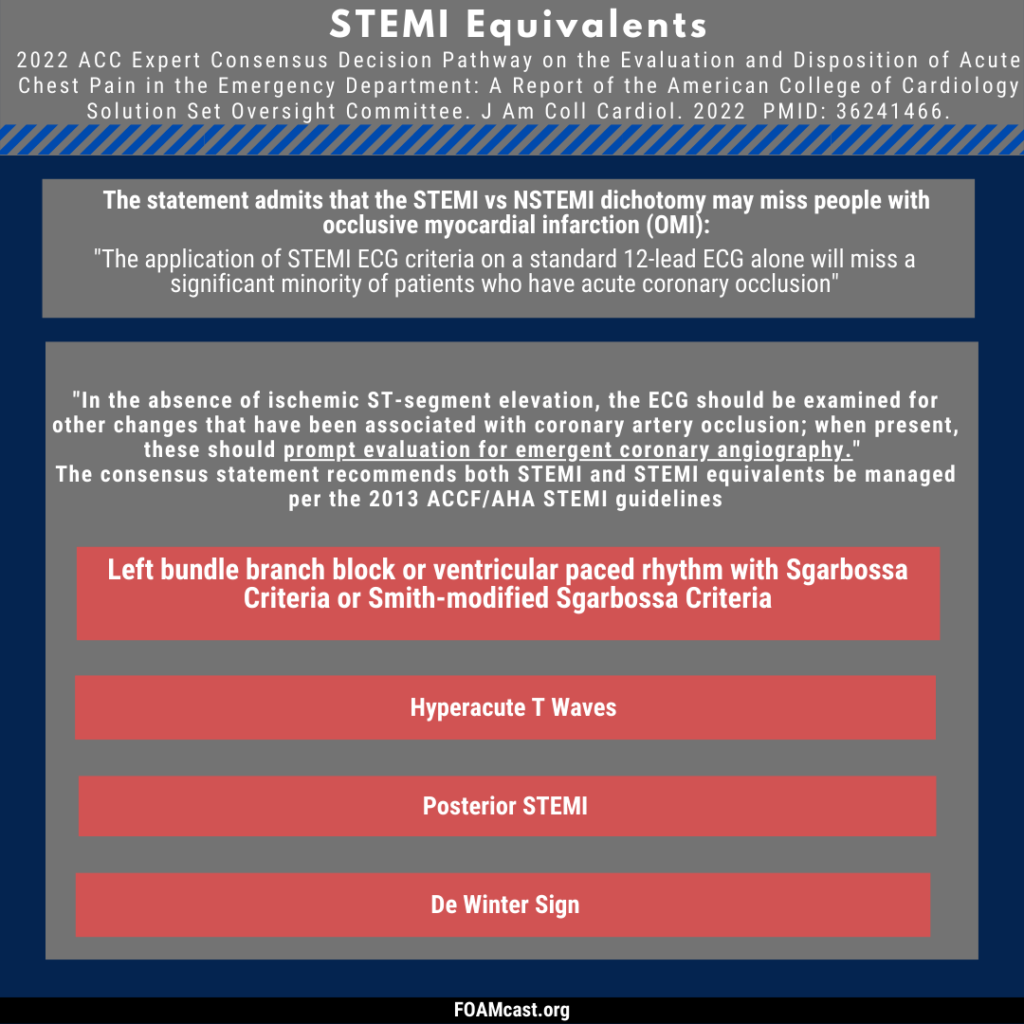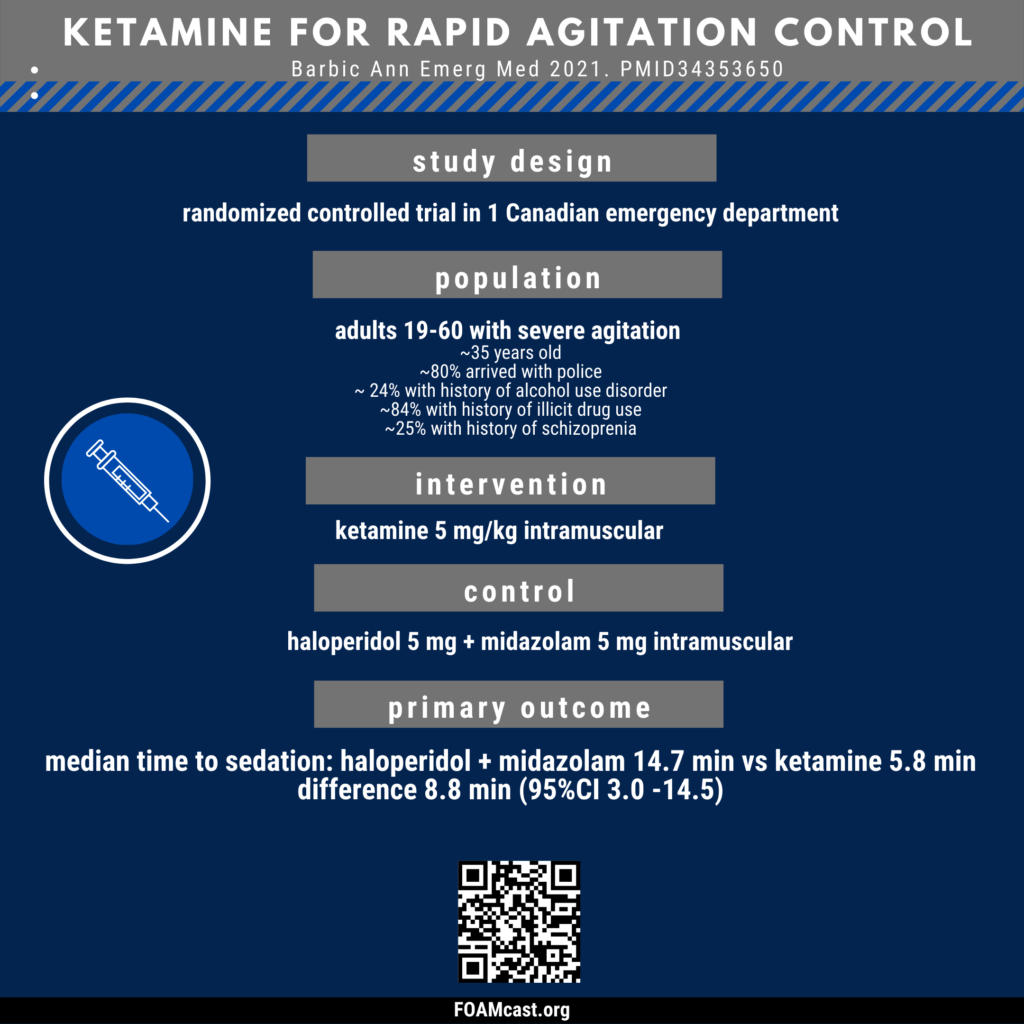Apple Podcasts, Spotify, or Listen Here
This episode is a departure from the typical FOAMcast clinical content, we will be back with strictly clinical content soon.
In May 2022, I came across a fellow passenger and stranger in cardiac arrest at the Charlotte airport. A small team of strangers, including an emergency medicine resident, Dr. Jason Tanner, and an emergency department technician, Angel, assembled to treat this passenger. Billy Frolick, a writer and our patient that day shares his perspective on his case with us. This story is a reminder of the importance of continuous chest compressions, early defibrillation, and that what we do in emergency and prehospital medicine matters. For more on why we should, in accordance with guidelines, abandon routine pulse checks, see this podcast: https://foamcast.org/2022/09/04/pulse-checks-during-cardiopulmonary-resuscitation/ or this article: https://www.acepnow.com/article/stop-performing-routine-pulse-checks-during-cpr/






































